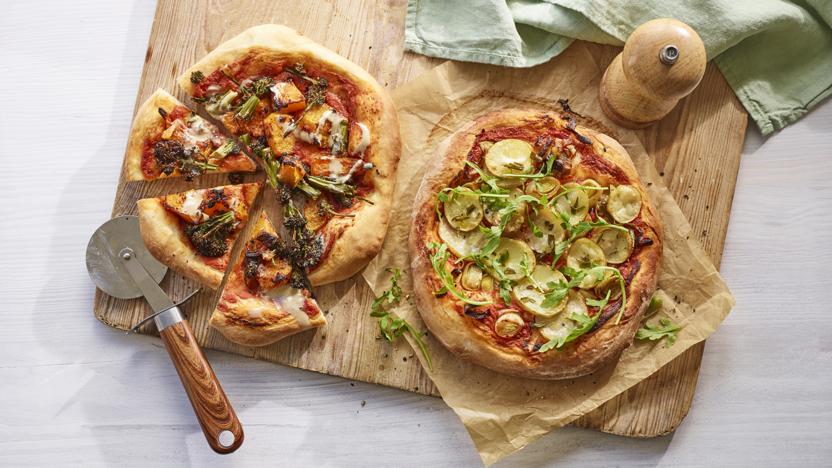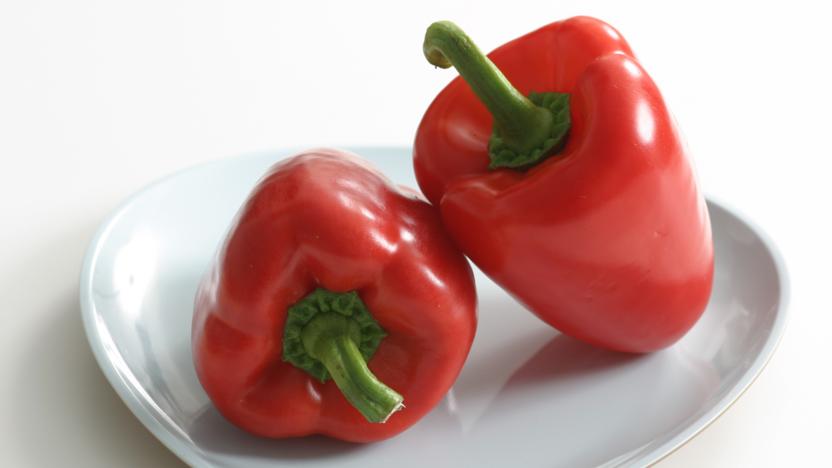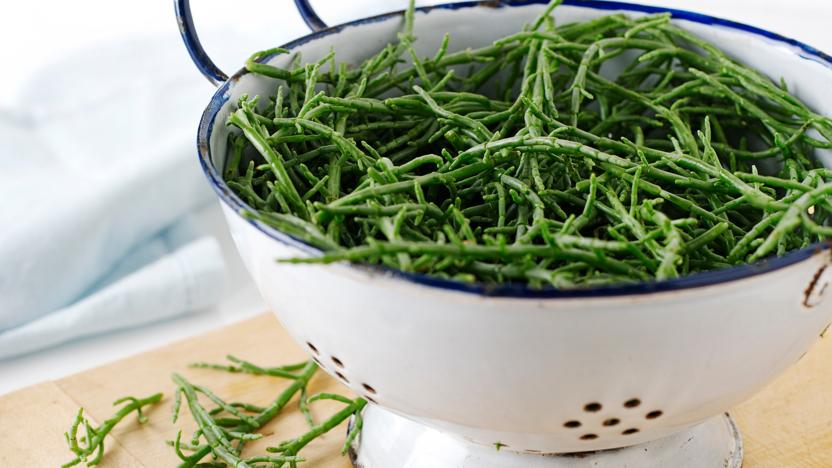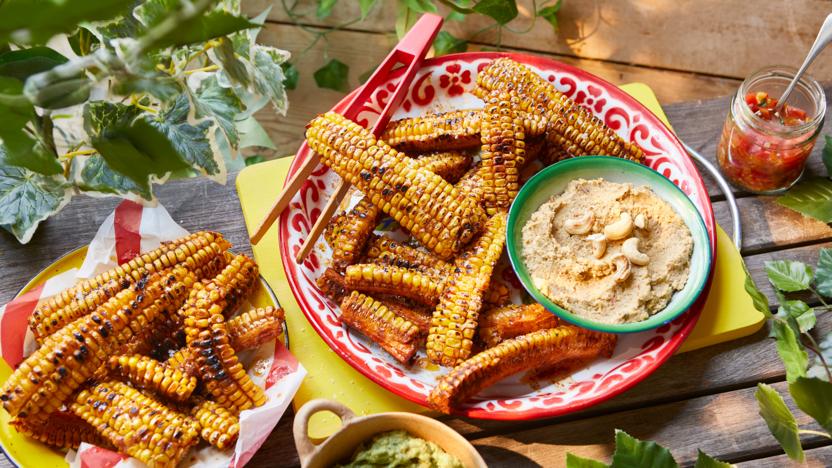Squash recipes
Squashes, pumpkins and gourds belong to the same family as cucumbers, melons, marrows and courgettes. There is an amazing variety of sizes, shapes and colours, and although most are edible, some are used for decoration only. All squashes and pumpkins have a tough outer rind, an inner cavity filled with hard seeds and sweet, rich, well-coloured flesh with a dense, nutty and earthy flavour.
The following are varieties of squash:
Butternut squash – the most common and popular of autumn squashes, the butternut squash is a pale creamy beige and comes in an oblong shape with a rounded bottom. Like its name suggests, the flesh has a buttery flavour that is enhanced by brown sugar or cinnamon.
Spaghetti squash – this curious oval squash has a golden-yellow skin and bright yellow flesh. When cooked, the tender flesh separates into spaghetti-like strands. Use as a gluten-free replacement in pasta recipes; the cooked strands are also excellent eaten cold tossed in vinagrette.
Turban, or Buttercup squash – a beautiful specimen that resembles a fat teardrop. Deep-green in colour with flashes of orange, the intense orange flesh is rich and nutty and mellows upon roasting.
Onion squash – bright orange and onion-shaped with soft flesh that is best used in soups or risottos, these squash only keep for a few weeks.
Acorn squash – this small squash has deep ridges that can make peeling difficult. To get to the peppery, nutty golden-yellow flesh, cut the squash in half then bake with plenty of herbs and spices.
Kabocha – this Japanese variety of squash resembles the Turban squash but is more petite. It has a dark-green skin with lighter green or white stripes. The bright-orange flesh is fluffier than other varieties, with a texture and taste almost like cooked chestnuts. Kabocha is popular eaten as tempura, or braised.
This wintery butternut squash salad makes a great side dish to Christmas ham, and would also go well with griddled pear wedges as part of a vegetarian platter of festive dishes.
More squash recipes
Buyer's guide
Look for good-quality squashes and pumpkins at farmers’ markets, some supermarkets and Asian and Caribbean greengrocers. Always choose those with smooth, unblemished flesh that feel firm and heavy for their size. Brilliant orange pumpkins can grow to an enormous size, but you can find smaller ‘pie or sugar’ pumpkins or pumpkins sold by the piece. If buying these, make sure the flesh is firm and close-textured, not stringy. Many autumn and winter squashes, despite their name, are now available year-round, but are at their best during the colder months. Pumpkins are in season from autumn to winter.
Storage
Whole, undamaged, firm squashes will keep for several months in a cool, dry, airy place or for 2-3 weeks at room temperature. Check them regularly to make sure there is no damage around the stalk or to the skin. Pumpkins generally do not store as well as squashes. Once cut, squashes and pumpkin should be wrapped in cling film, stored in the fridge and used within a week. Freeze cooked or pureed squash in plastic bags or firm containers for 6-8 months.
Preparation
Squashes and pumpkins are amongst the most versatile of vegetables, and work well baked, roasted, stuffed, puréed or fried. Larger specimens can double as bowls for soups made with the scooped out flesh. Pair squashes and pumpkins with bright flavours such as tomatoes, basil, ginger, chilli and garlic. Squash tends to be firmer than watery pumpkin, so use the latter for making pies and jam.
Removing the tough skin of squashes and pumpkins is laborious but necessary work if you are using them in stir-fries, soups or stews. However, you can bake or roast large segments of pumpkins or squashes with the skin still on; it can be removed more easily after cooking.
































